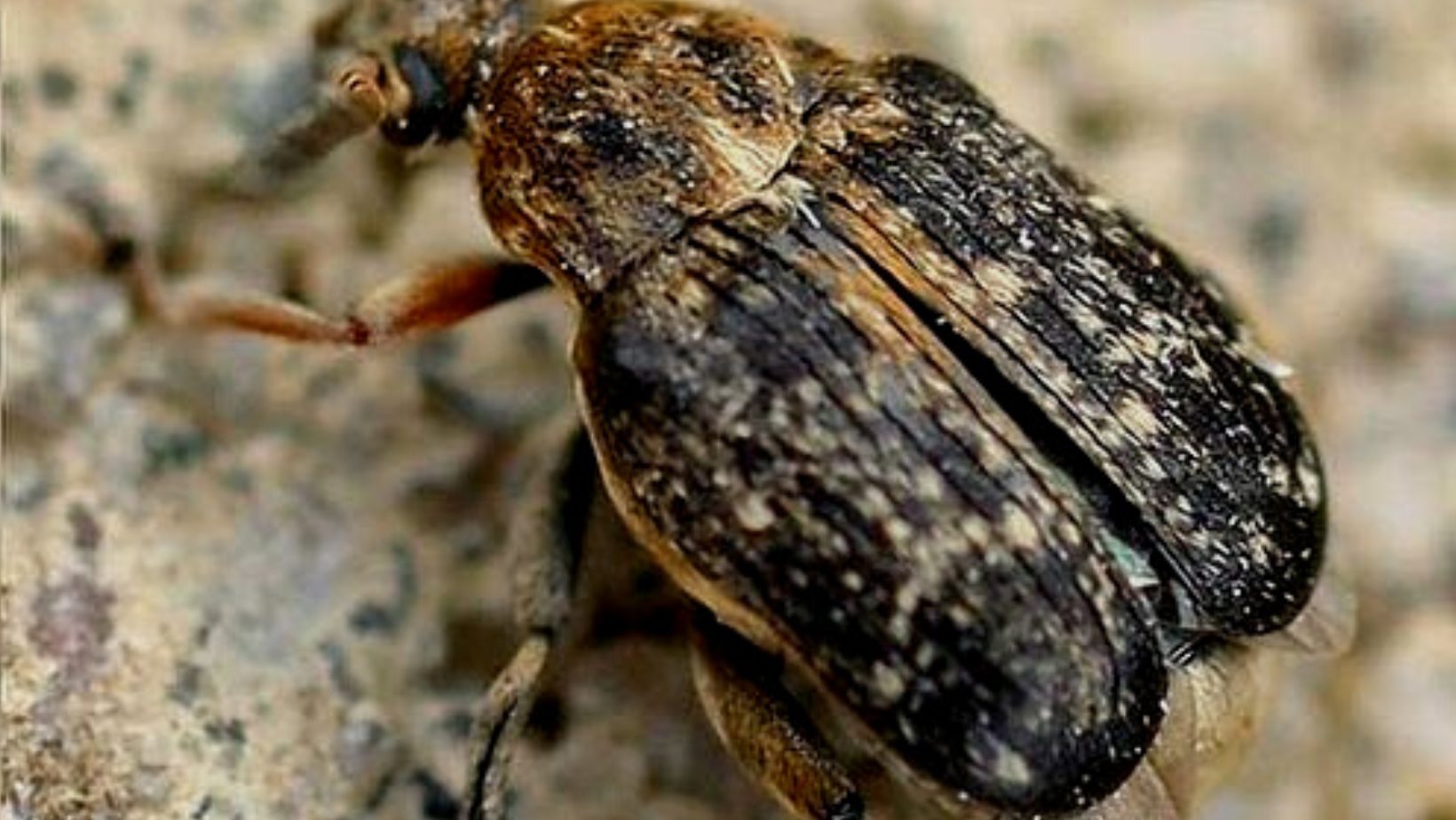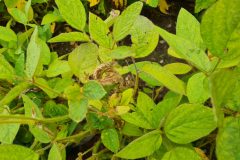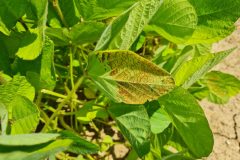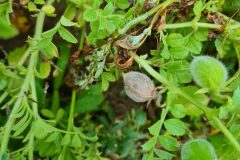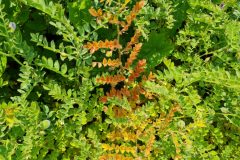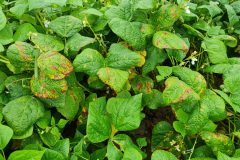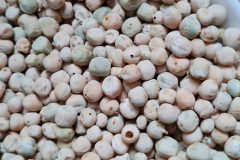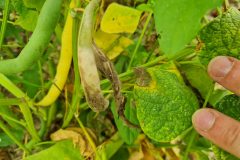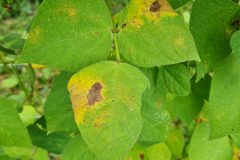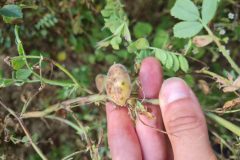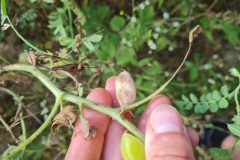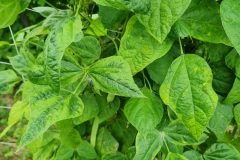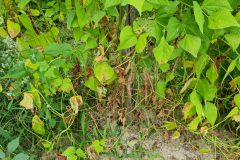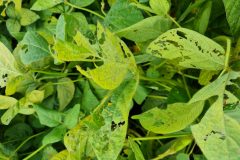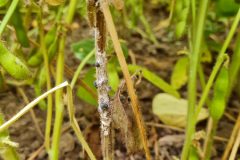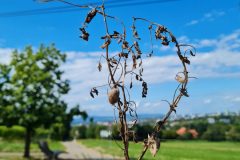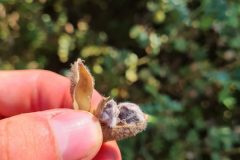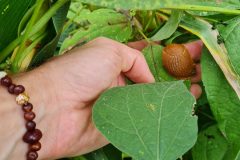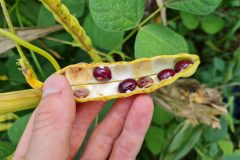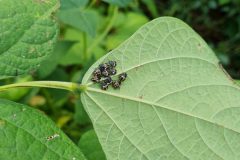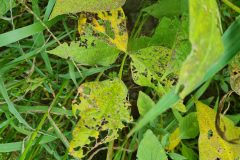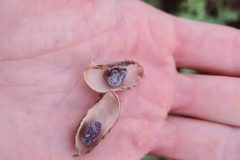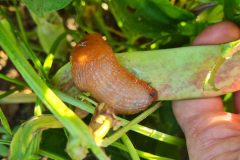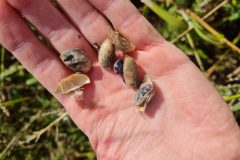How to rescue our legume plants?
Summary:
Event hold on the 25th of October 2022, from 17:00 to 18:30 CEST
According to biodiversity international.org, a quarter of any harvest is lost to bugs and pests, in Europe just as in Uganda. It is a never-ending struggle for food and production around a reliably unstable, highly complex equilibrium of microorganisms, viruses, fungi, moulds, insects, plants and other animals such as humans. It’s about timing and diversity, the weather, the nutrients and the latest outbreak of new arrivals which might come from far away. Whatever we plant will attract predators and the predator’s predator might be our best friend, well, most of the time …
While some of these pests are long-established in European gardens, others, like the bean weevil (Acanthoscelides obtectus), originally from America, were uncommon 10 years ago. They have become more common as climate change reshapes biodiversity, species distribution and behaviour. Furthermore, conventional monocultural systems offer the perfect environment for them to spread like wildfire.
During this conference, we discovered which legume pests and diseases can be found, and which agro-ecological and environment-friendly solutions we can adopt from various regions in the world.
Agenda:
- 17:00 Welcome
- 17:05 Grain legumes – diseases and pests in Middle Europa (Werner Vogt-Kaute, Eco-consultant from Naturland for national and international projects, LeguNet-team member)
- 17:25 Major insect pests Ethiopian Bean production in Ethiopia and natural pest control mechanisms (Dr. Amanuel Samuel, Gardulla Peoples Development Association)
- 17:40 ‘Pests & cultivation solutions in India (Lopamudra Sahu, Edible Routes)
- 17:45 Research insights on fava bean seeds“ (Johann Huber, Research Assistant at Bavarian State Research Centre for Agriculture)
- 17:55 The lima bean and its bodyguards (Cecilia Antoni, Specialist in cooking pulses, Bean.beat, the Global Bean)
- 18:00 Bean mixtures as a solution (Dr. Salvatore Ceccarelli, Pioneer of participatory and diversity based plant breeding, ALSIA)
- 18:05 A simple & clever tip from my kitchen garden (Anna Ruminska, Food anthropologist, Slow Food Dolny Slask)
- 18:10 Questions
After a general overview, Werner Vogt-Kaute from Naturland analysed the most current and relevant problems we encounter nowadays in our legume fields and gardens, and how climate change impacts them. We then deepened into each continent in more detail, with guest experts from various parts of the world: Amanuel Samuel (Ethiopia), Lopamudra Sahu (India), who talked about pests and cultivation solutions in their respective country. Research insights on fava bean seeds“ by Johann Huber provided some information as to which factors draw bugs to a legume plant.
Finally, Salvatore Ceccarelli, a pioneer of participatory and diversity-based plant breeding, talked about bean mixtures as a solution to the spread of bugs, pests and diseases. Anna Ruminska from SlowFood Poland shared one of her solutions to keeping pests at bay in her garden.
All pictures above: Credit Nicolas Carton @lumineuses_div
TypeError thrown
count(): Argument #1 ($value) must be of type Countable|array, bool given


